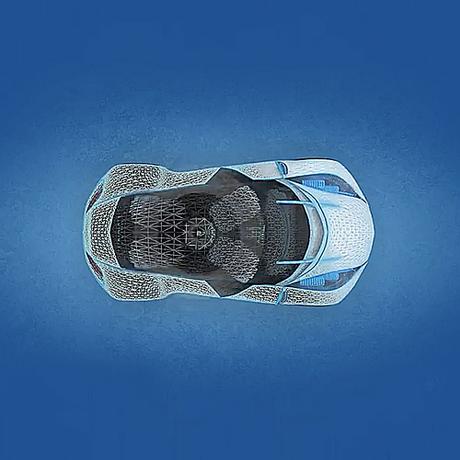CPPN-WGAN-GP
- 0 Collaborators
A deep generative adversarial network with Wasserstein loss that utilizes a compositional pattern producing network to generate color images of high resolution.. ...learn more
Project status: Under Development
Overview / Usage
Traditional Generative Adversarial Networks (GANs) can produce realistic images given time training on a dataset. However, beyond 64x64 pixel images, it becomes increasingly difficult and time-intensive to obtain recognizable results. Using a compositional pattern producing network (CPPN), which outputs the pixel of an image one at a time, as the generator in a GAN produces recognizable images without the need for a super-resolution network or excessive time training.
Images seen on this page were generated with this model, while the video was generated with a regular CPPN-GAN.
Methodology / Approach
Written in python, this project approaches the problem of image generation using deep neural networks by attempting to improve upon previous work surrounding CPPN-GANs. Wasserstein loss is used in an attempt to stabilize training. Additionally, this project pays close attention to small alterations in hyperparameters and the architecture/topology of the networks due to the instability of GANs.
Technologies Used
Currently the training of this network is run on a colaboratory sketch with a supplemental GPU; hopefully upgrading will be possible in the near future.
This project uses the following python libraries: Keras with the TensorFlow backend, numpy, SciPy, and imageio.
The dataset currently being used is the IMM Face Database. Citation:
@TECHREPORT{IMM2004-03160,
author = "M. M. Nordstr{\o}m and M. Larsen and J. Sierakowski and M. B. Stegmann",
title = "The {IMM} Face Database - An Annotated Dataset of 240 Face Images",
year = "2004",
month = "may",
keywords = "annotated image dataset, face images, statistical models of shape",
number = "",
series = "",
institution = "Informatics and Mathematical Modelling, Technical University of Denmark, {DTU}",
address = "Richard Petersens Plads, Building 321, {DK-}2800 Kgs. Lyngby",
type = "",
url = "http://www2.imm.dtu.dk/pubdb/p.php?3160",
abstract = "This note describes a dataset consisting of 240 annotated monocular images of 40 different human faces. Points of correspondence are placed on each image so the dataset can be readily used for building statistical models of shape. Format specifications and terms of use are also given in this note."
}
The gradient penalty is adapted from tensorpack. Citation:
@misc{wu2016tensorpack,
title={Tensorpack},
author={Wu, Yuxin and others},
howpublished={\url{https://github.com/tensorpack/}},
year={2016}
}





